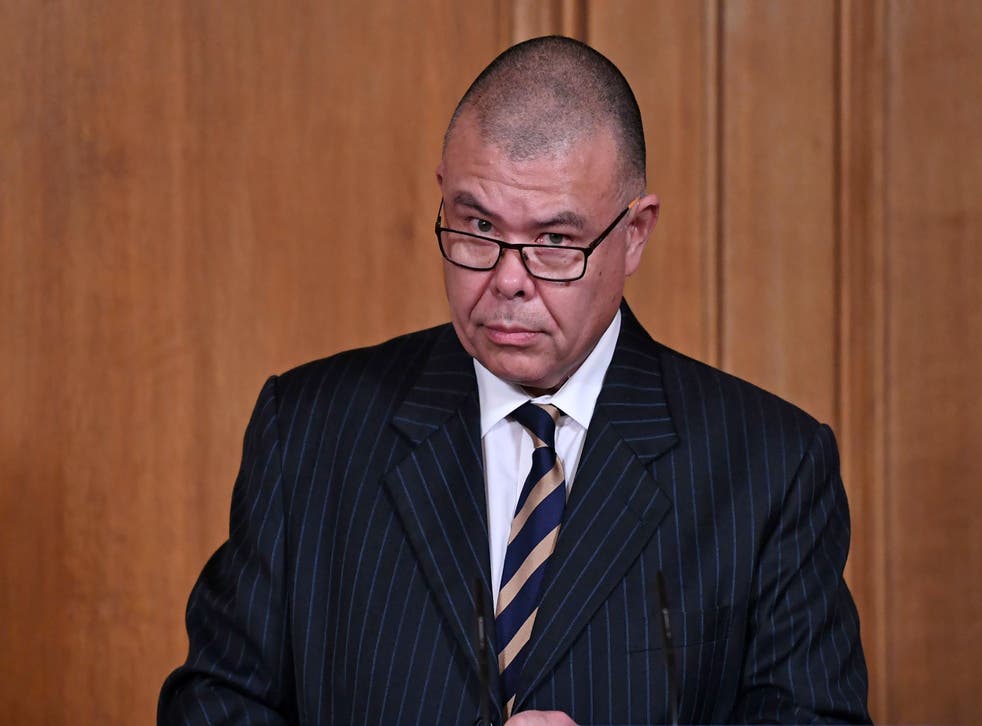Issued on: 26/01/2021 -

An elephant on show at the Cirque d'Hiver in Paris. © Bertrand Guay, AFP
Text by: NEWS WIRES
French lawmakers on Tuesday debated an animal welfare bill that would ban using wild animals in travelling circuses and keeping dolphins and whales in captivity in marine parks, amid other restrictions.
Circus workers held a protest against the bill outside the National Assembly, saying the measure would cause circuses and jobs to vanish, if it becomes law.
“That’s death for circuses,” Royal Circus director William Kerwich told The Associated Press.
The bill, which also bans the use of wild animals in television shows, nightclubs and private parties, calls for a transition period of five to seven years depending on the location.
The wild animal ban would not apply to permanent shows or to zoos.
Another provision of the legislation is aimed at shutting down mink farms within the next five years. The bill would also require new pet owners to obtain certificates guaranteeing they have the specific knowledge needed to care for their animals.
It would stiffen for penalty for committing abuse that leads to the death of pet animals to up to three years in prison and a maximum fine of 45,000 euros ($54,750.)
Protesting circus workers said French law is already strict enough to ensure the welfare of the animals appearing in their shows.
Kerwich, the Royal Circus director, said he is worried about what would happen to the 800 or so animals owned by French circuses.
“They are alive, we won't be able to reintroduce them in nature and we won't be able to keep them. Who will pay?” he asked. “We don't want to abandon them.”
Kerwich said that about 14 million spectators attend traditional circuses featuring animals in France while 1 million go to circuses with only human acts.
Frederic Edelstein, a lion trainer for the Pinder Circus, advocated for “an art that is part of our country's culture.”
“A trainer doesn't hurt an animal, he seeks complicity, respect between humans and animals," Edelstein said. “I have 12 magnificent white lions. They love me....It is out of question for me to let my animals go away.”
French lawmakers on Tuesday debated an animal welfare bill that would ban using wild animals in travelling circuses and keeping dolphins and whales in captivity in marine parks, amid other restrictions.
Circus workers held a protest against the bill outside the National Assembly, saying the measure would cause circuses and jobs to vanish, if it becomes law.
“That’s death for circuses,” Royal Circus director William Kerwich told The Associated Press.
The bill, which also bans the use of wild animals in television shows, nightclubs and private parties, calls for a transition period of five to seven years depending on the location.
The wild animal ban would not apply to permanent shows or to zoos.
Another provision of the legislation is aimed at shutting down mink farms within the next five years. The bill would also require new pet owners to obtain certificates guaranteeing they have the specific knowledge needed to care for their animals.
It would stiffen for penalty for committing abuse that leads to the death of pet animals to up to three years in prison and a maximum fine of 45,000 euros ($54,750.)
Protesting circus workers said French law is already strict enough to ensure the welfare of the animals appearing in their shows.
Kerwich, the Royal Circus director, said he is worried about what would happen to the 800 or so animals owned by French circuses.
“They are alive, we won't be able to reintroduce them in nature and we won't be able to keep them. Who will pay?” he asked. “We don't want to abandon them.”
Kerwich said that about 14 million spectators attend traditional circuses featuring animals in France while 1 million go to circuses with only human acts.
Frederic Edelstein, a lion trainer for the Pinder Circus, advocated for “an art that is part of our country's culture.”
“A trainer doesn't hurt an animal, he seeks complicity, respect between humans and animals," Edelstein said. “I have 12 magnificent white lions. They love me....It is out of question for me to let my animals go away.”
France to ban wild animals from travelling circuses 'gradually'

01:46
Animal rights activists also organized a gathering near the National Assembly on Tuesday, saying they think the proposed law does not go far enough.
“There's nothing about hunting. There’s nothing about intensive farming....So we are here to demand that these gaps be filled,” Muriel Fusi, a representative of the Animalist Party in Paris, said.
One Voice, an animal defense organization, called the bill “a big step in the right direction” but said it wants the wild animal ban to be extended to non-travelling circuses and shows.
“Maybe we won’t see elephants, lions and hippopotamuses on the roads any more, but a new category of sedentary circuses will be allowed to multiply,” it said in a statement.
A vote on the bill is set to take place by Friday. Lawmakers in French President Emmanuel Macron’s party, which has the majority at the National Assembly, support the measure. After the lower chamber votes, the bill will go to the Senate.
Most European countries have partially or totally banned the use of wild animals in circuses. In recent years, some major circuses in France announced they were voluntarily ending such acts.
An amusement park north of Paris announced Monday it was shutting down its dolphin show. The Asterix park said its eight dolphins would be transferred within two months to other aquariums in Europe because they could not be reintroduced into their natural environment.
(AP)

















